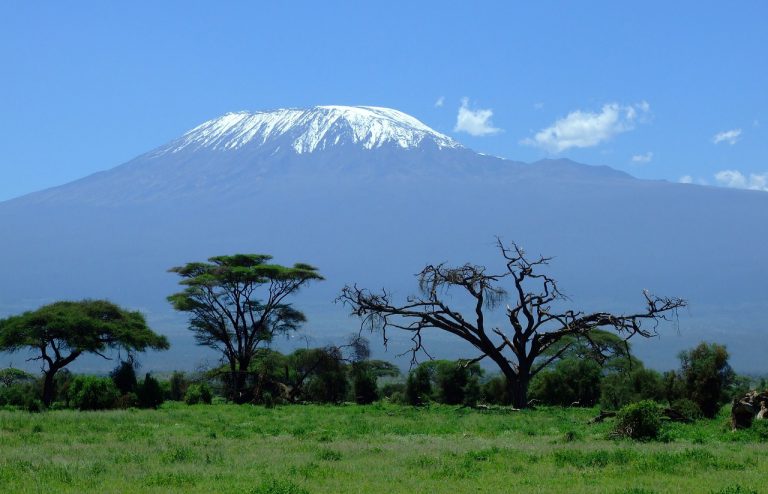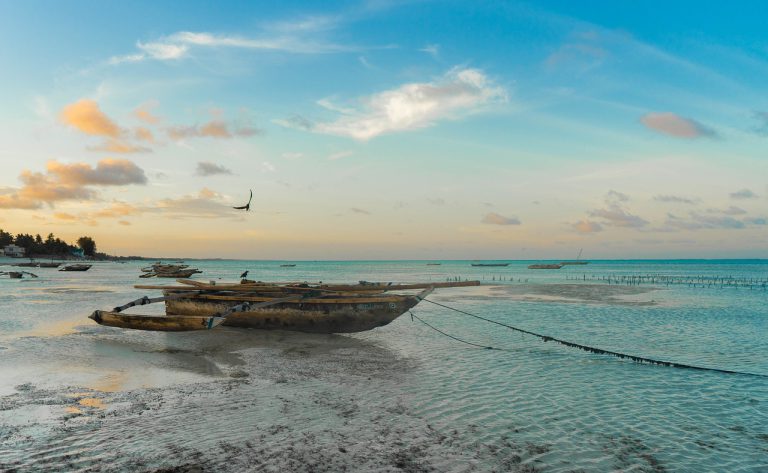
Tanzania, officially known as the “Republic of Tanzania” is an East African country located just south of the Equator. Explore the nature and beauty of Tanzania from savannah national parks, forests, mountains, beaches, etc. The Tanzanian safari in the Serengeti National Park, Mt Kilimanjaro, Ngorongoro crater, and several other fascinating nature and wildlife areas are some of the top reasons people visit Tanzania. Birding Tanzania is a highlight for both hard-core birders and those leisurely involved in bird-watching safaris.
The country became a sovereign state in 1964 after the union of the previously separate states of Tanganyika and Zanzibar. Mainland Tanganyika accounts for more than 99 percent of the combined territories’ total area. The rest are the Mafia Island which is administered from the mainland, whereas Zanzibar and Pemba are administered separately. Dodoma has been Tanzania’s designated official capital since 1974 and it is centrally located on the mainland. Its largest city and port is Dar-es-salaam.
Tanzania is 947,303 square kilometers (365,756 square miles) making it the 13th largest country in Africa and the 31st largest in the world. It shares borders with Kenya and Uganda to the north, Rwanda, Burundi, and the Democratic Republic of the Congo to the west, and Zambia, Malawi, and Mozambique to the south. Tanzania is located on Africa’s eastern coast, with a 1,424-kilometer Indian Ocean coastline. It also includes several offshore islands, including Unguja (Zanzibar), Pemba, and Mafia. The country is home to Africa’s highest and lowest points: Mount Kilimanjaro at 5,895 meters (19,341 feet) above sea level and the floor of Lake Tanganyika at 1,471 meters (4,826 feet) below sea level.
Tanzania’s northeastern region, which includes Mount Kilimanjaro, is mountainous and densely forested. The country also contains a portion of three of Africa’s Great Lakes. These include Lake Victoria which is Africa’s largest lake, and Lake Tanganyika, the continent’s deepest lake, which is located to the north and west, respectively. The lakes are known for their unique fish species. Lake Nyasa which is found to the southwest. The central of Tanzania is the large central plateau with plains and arable land.
The Zanzibar Archipelago is just offshore on the eastern shore, which is hot and humid. Kalambo Falls, located near the south-eastern shore of Lake Tanganyika on the border with Zambia, is Africa’s second-highest uninterrupted waterfall. Menai Bay Conservation Area in Zanzibar is the largest marine protected area.
